After Draining a 200-year-old Parisian canal, They Discovered Astonishing Things
Advertisement
On a cloudy day in Paris, a large crowd gathered around Canal Saint-Martin, all eyes fixed on the unfolding scene. As authorities drained the canal, onlookers were captivated, eager to discover what secrets lay beneath the murky waters after two centuries. The findings were unexpected and revealed intriguing details about the canal's history and contents.
The Discovery of Historical Artefacts
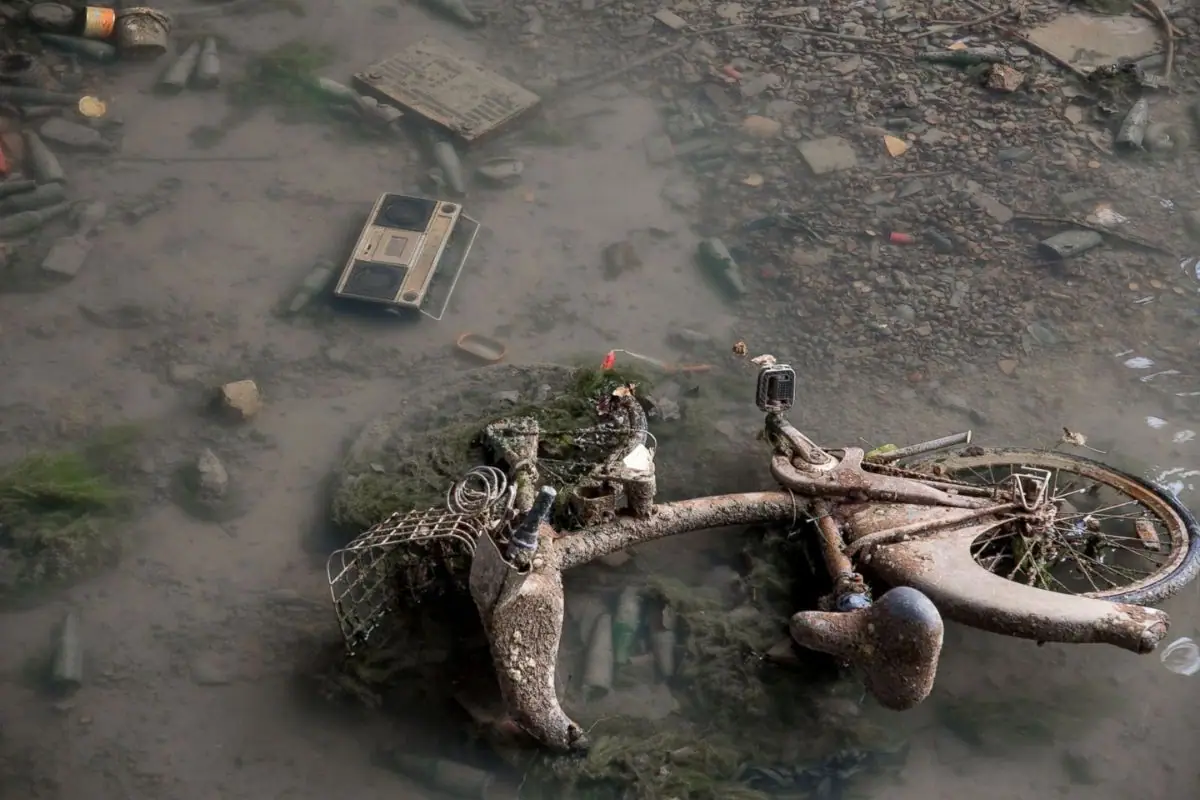
As the water level continued to drop, historical artefacts began to surface, each telling its own unique story of Parisian life centuries ago. From old coins to vintage jewellery, these relics provided a tangible connection to the past. Archaeologists and historians at the scene were especially excited about these finds, seeing them as key pieces in the puzzle of Paris's rich historical tapestry.
Vintage Wine Discovery
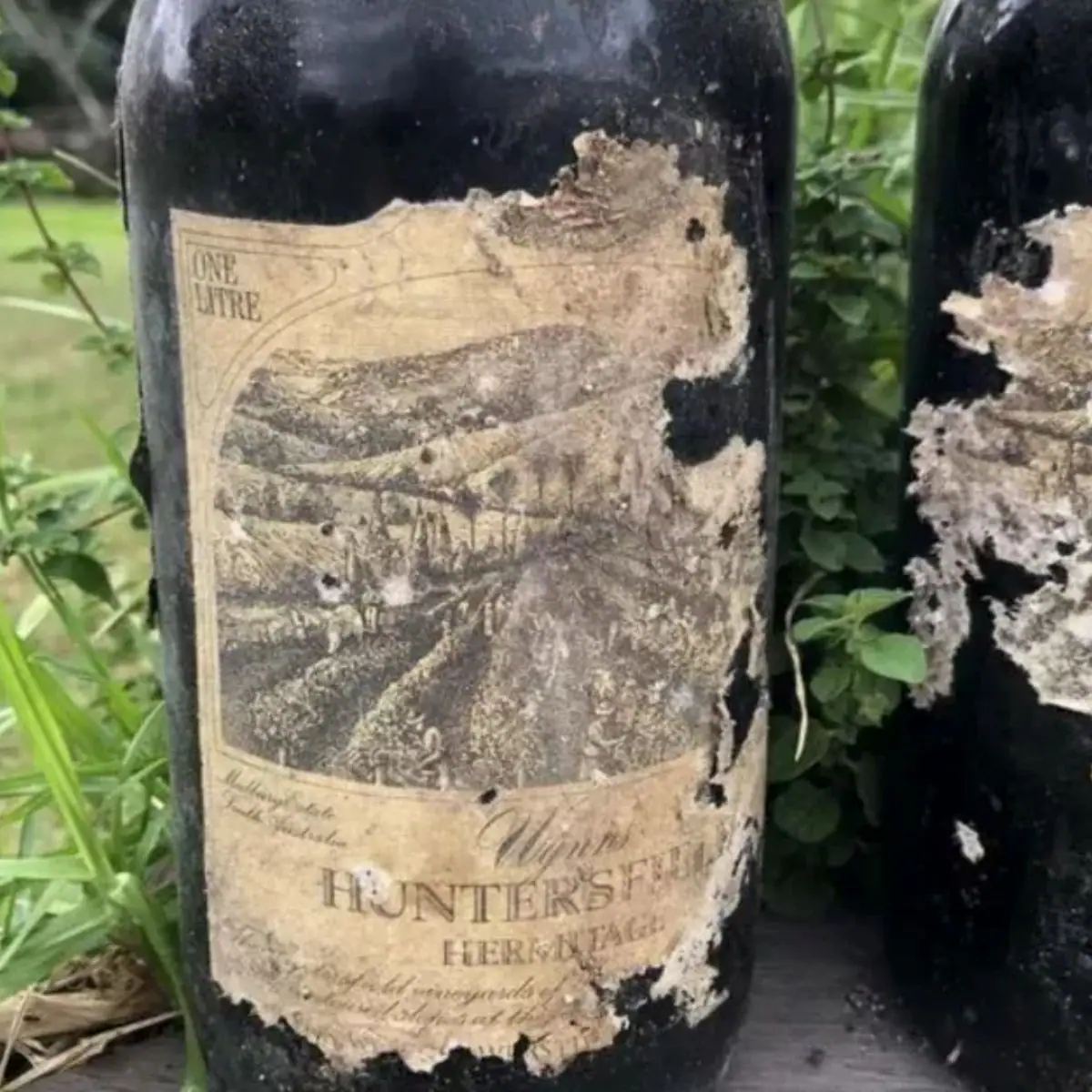
Among the more astonishing finds were several bottles of vintage wine, presumed to be over a hundred years old. These bottles, likely tossed into the canal during celebratory events of the past, were intact and became an instant sensation among historians and wine connoisseurs alike, offering a rare taste of the past quite literally.
It Was Time To Drain It
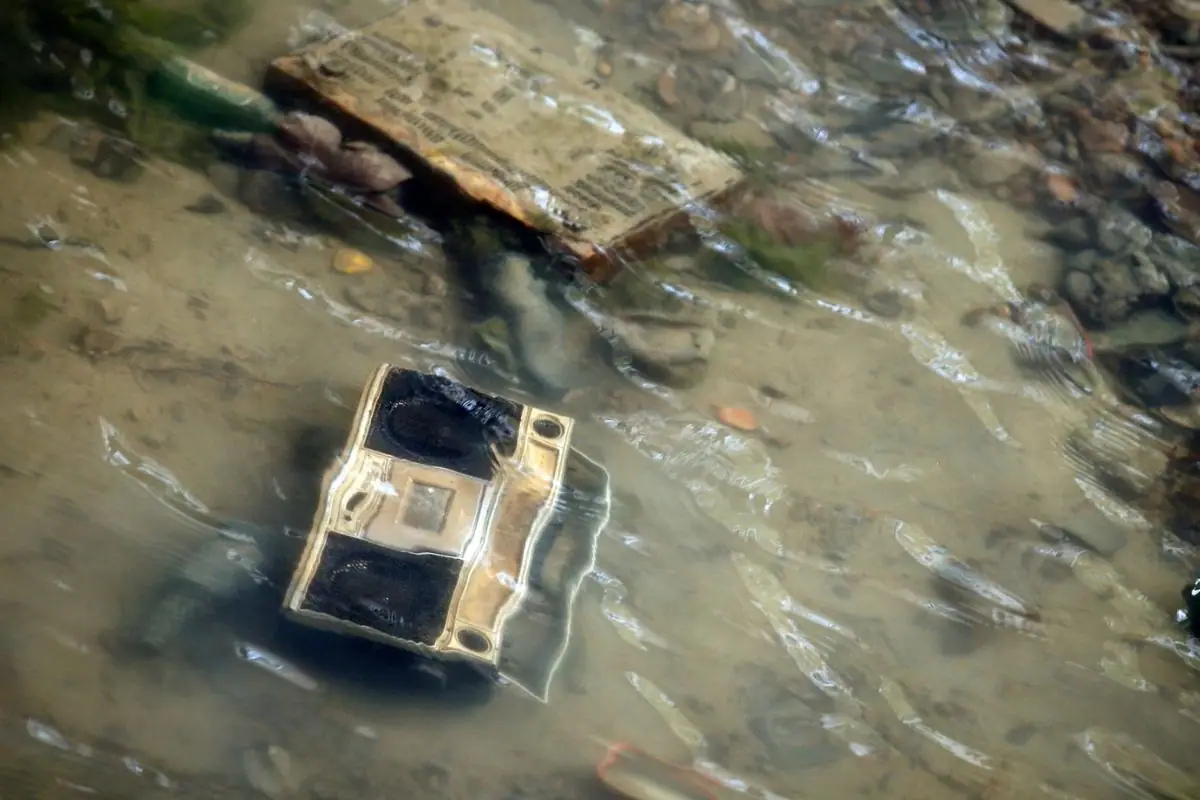
When the dark waters of Canal Saint-Martin receded, a portion of Paris's obscure past became visible, as the authorities determined it was time to drain the canal. This was not just another day at the park; rather, it was a unique chance to take a look back in time. Everyone was surprised by the contents of the excavated canal bed, which revealed secrets that had been hidden beneath water for years. To put it mildly, the discoveries were anything but typical.
An Important Source of Water
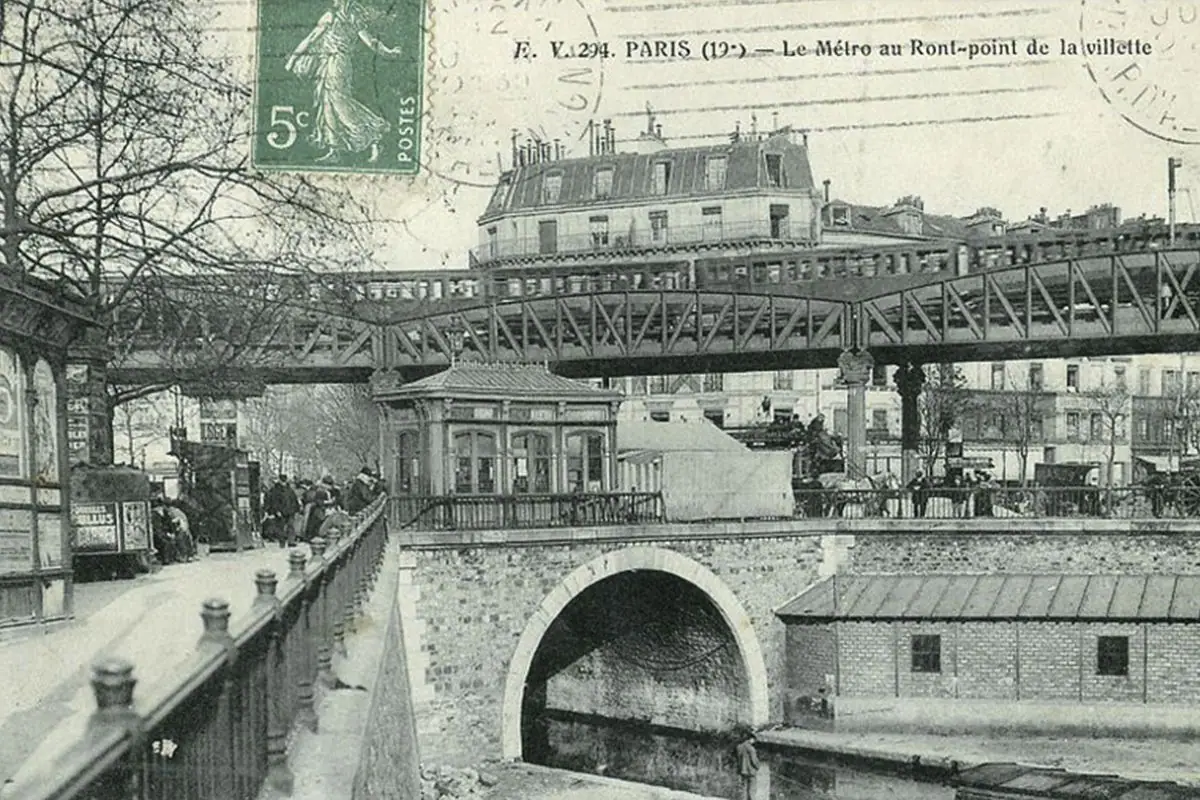
Its Fascinating History
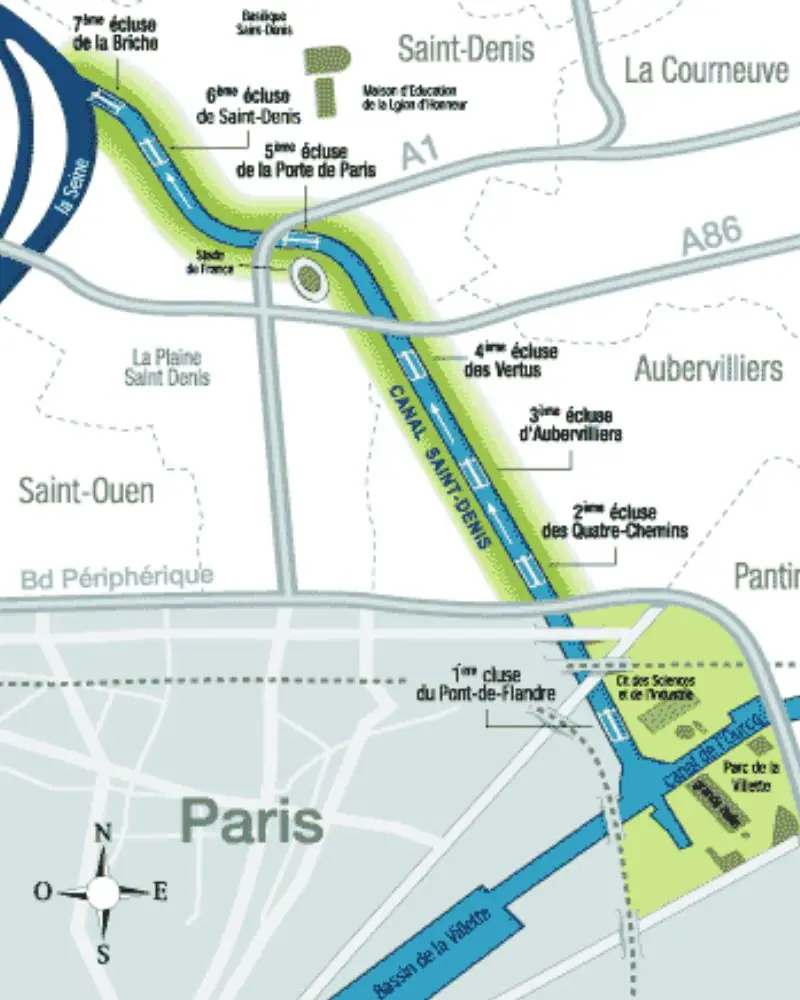
In the years that followed, two additional canals, the Canal Saint-Denis and the Canal de l’Ourcq, were constructed with similar intentions. The latter, measuring 3.4 metres in width and 108 kilometres in length, stretched from Port-Aux-Perches to the Bassin de la Villette, linking up with Canal Saint-Martin. Remember, these waterways are steeped in hundreds of years of history.
During The French Revolution

The most renowned segment of Canal Saint-Martin runs underground from the Bassin de l’Arsenal to the Place de la Bastille, a site notorious for significant events during the French Revolution from 1789 to 1799, including a dramatic assault on the prison. This canal's rich history is a testament to its importance in Parisian culture and its enduring legacy, which is why the revelations from the draining were eagerly anticipated.
A Lot More To It Than That
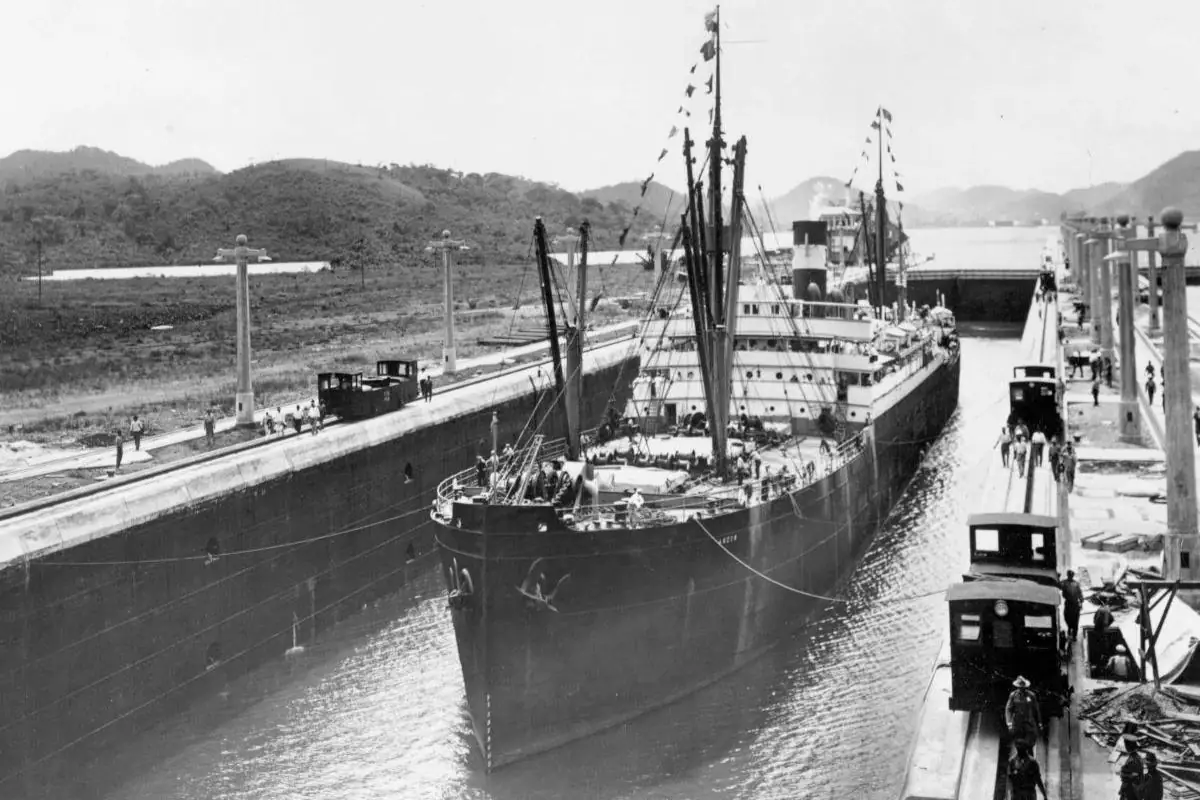
Besides quenching Paris's thirst, the canal played a crucial role in public health, aiming to curb the outbreaks of diseases like cholera and dysentery that plagued the city. Extending nearly three miles, Canal Saint-Martin also facilitated the transport of food and building materials across Paris, proving essential to the daily lives of Parisians during that era.
Community Engagement
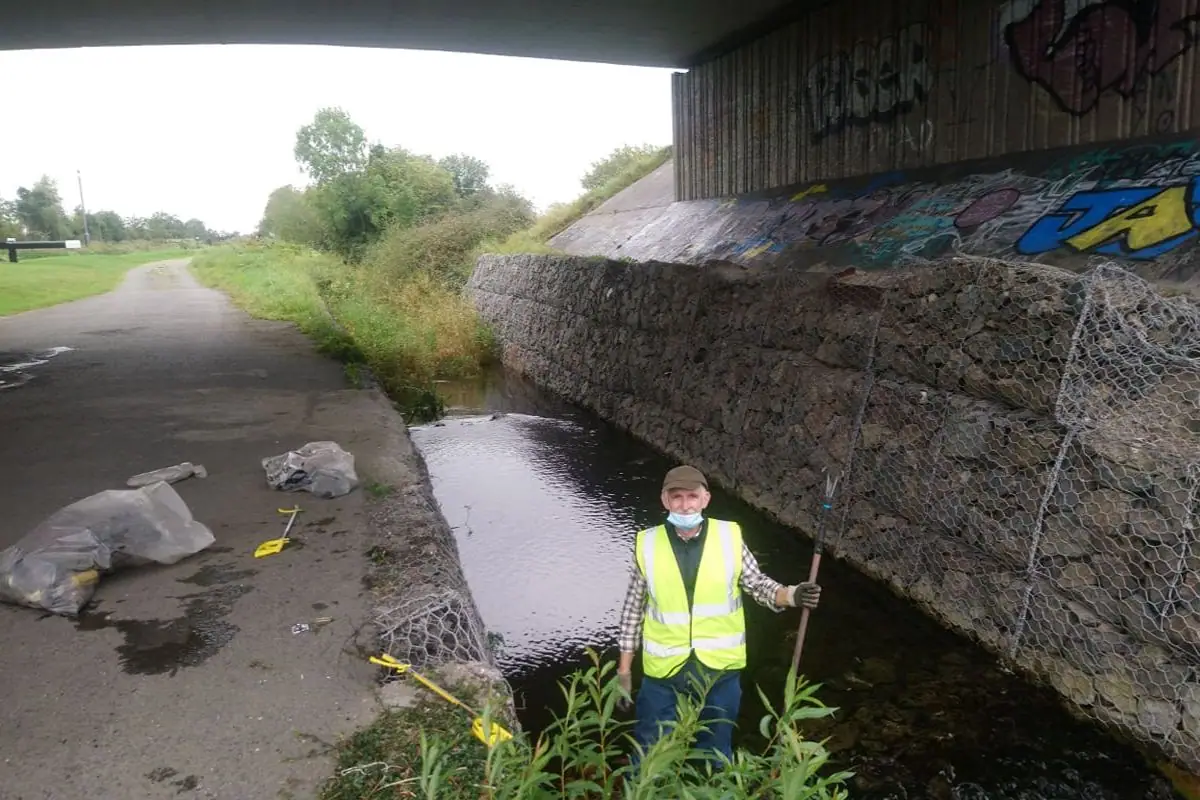
The event turned into a community gathering, with local residents and tourists alike drawn to the spectacle. Local cafes and vendors near the canal saw a boom in business, as people came to watch the progress each day. The community's interest in the canal's history and its future became a focal point of discussions, plans, and dreams.
Increased Tourism

Following the extensive media coverage, the Canal Saint-Martin area saw a significant uptick in tourism. Visitors from around the world came to see the site of the discoveries for themselves, boosting local businesses and further integrating the canal into Paris's tourist attractions. Guided tours highlighting the history and recent finds became particularly popular, enriching visitors' experiences.
Artistic Inspiration
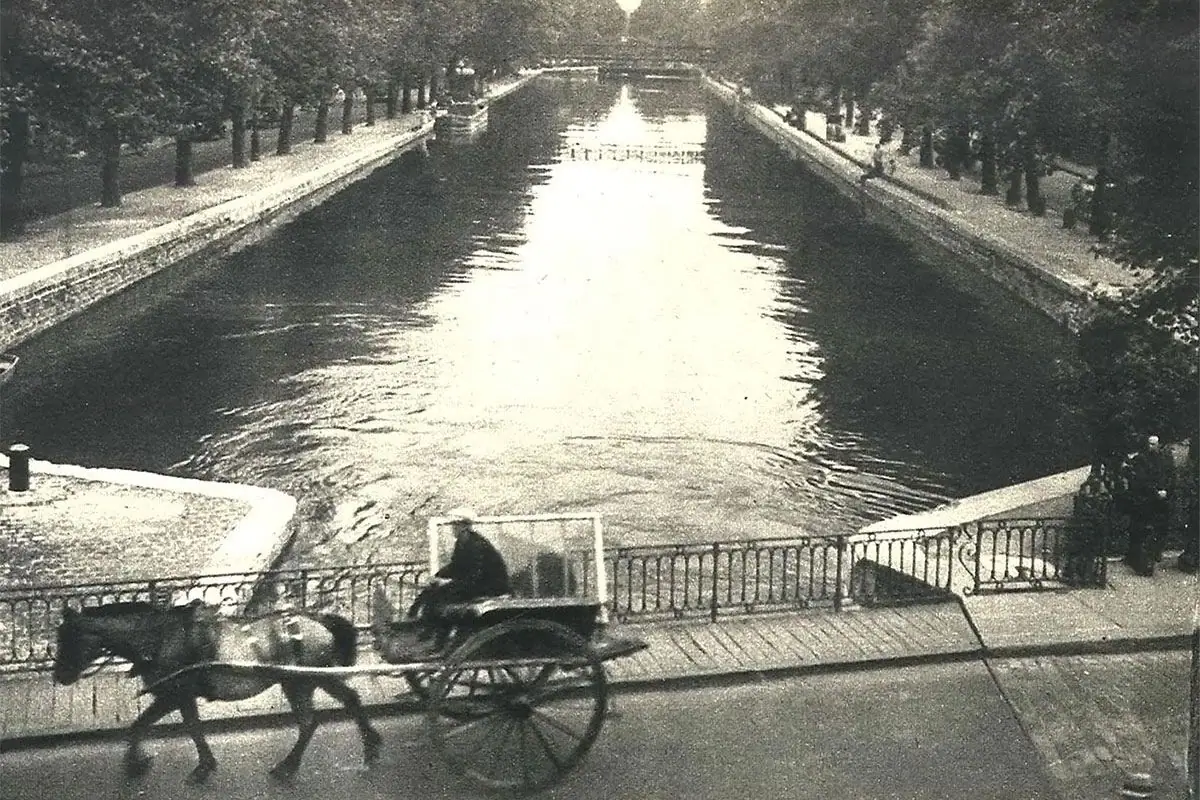
The scene at the canal also inspired local artists, who began creating works that depicted the drainage and discoveries. These artworks captured the curiosity and emotions of the moment, adding a cultural layer to the event. The canal's transformation was documented in paintings, photographs, and even sculptures, celebrating the historic moment.
Innovation in Water Management
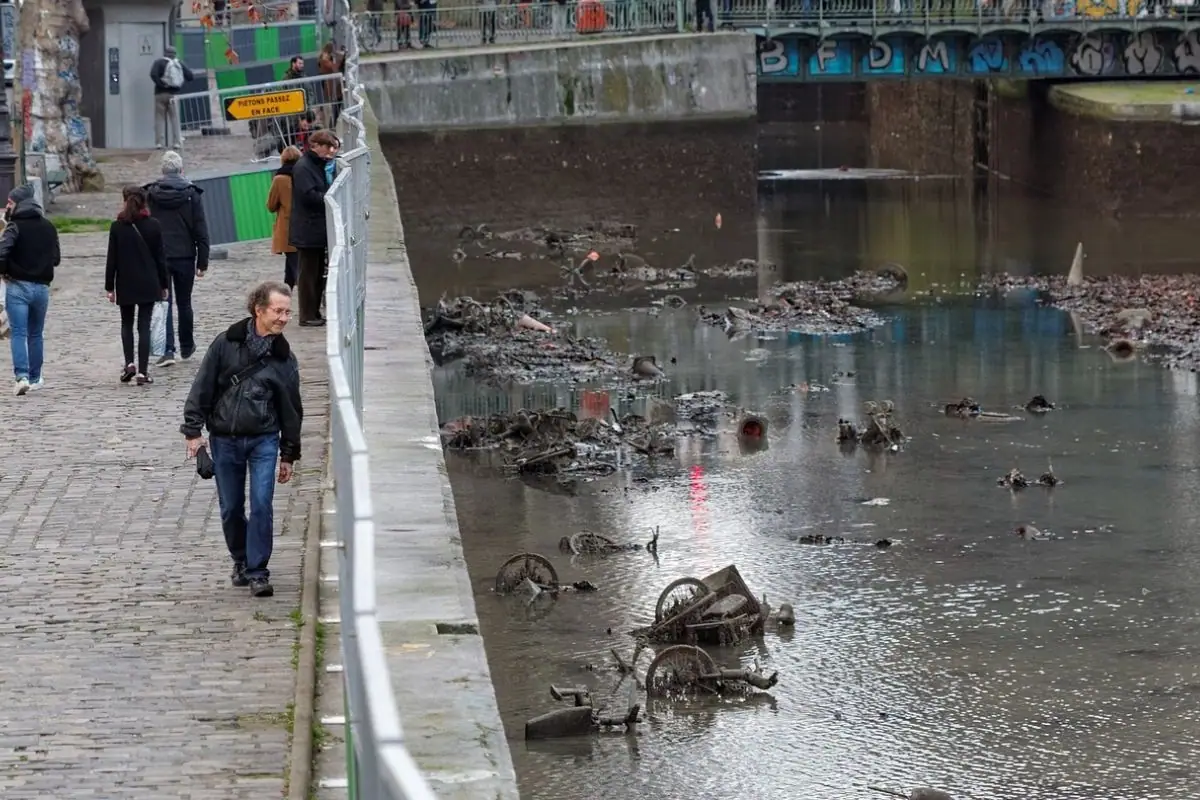
The project also served as a catalyst for innovation in water management technologies. Inspired by the need to efficiently drain and clean the canal, local engineers developed new water treatment and debris removal technologies. These innovations promised to enhance urban water management practices, demonstrating how historical preservation can also drive technological advancement.
An Electric Razor

A Live Civil War Cannon Shell
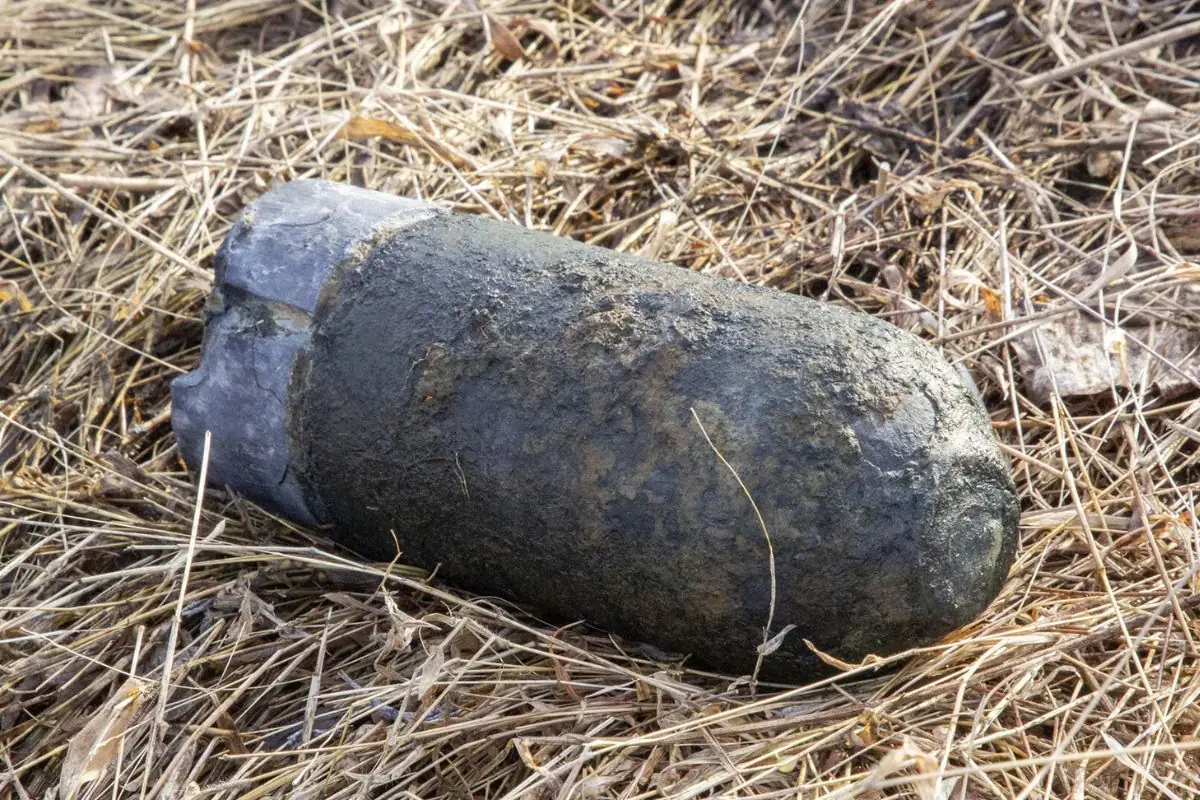
Our city's old sewer systems are often full of surprises, holding relics from the past. During an excavation in Vicksburg, Mississippi, plumbers stumbled upon something extraordinary—a live Civil War cannon shell! It likely ended up there after the city endured bombardments in 1863. Realizing the danger, they quickly called in army specialists to safely remove the hazardous artifact.
The Unwanted Items
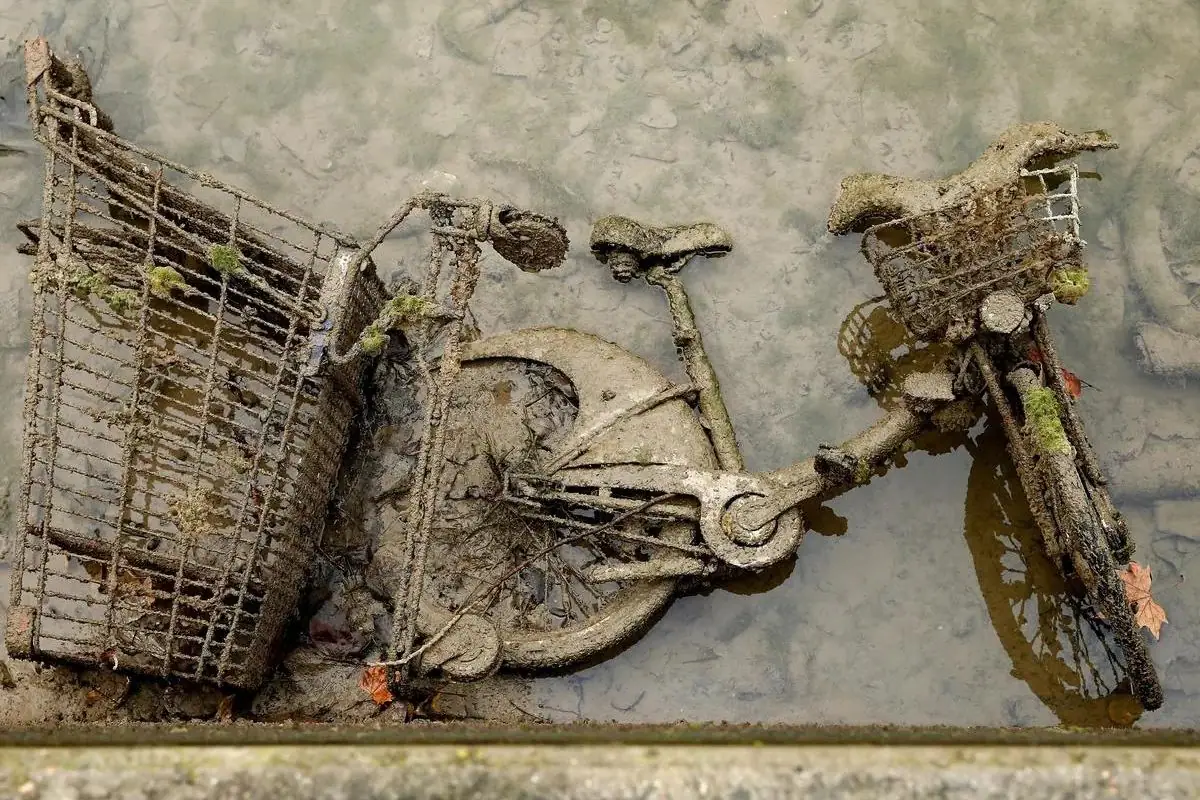
Not all discoveries were pleasant or wanted. The canal’s bed was littered with discarded bicycles, shopping carts, and even a couple of small vehicles that had somehow ended up in the water. These items spoke volumes about the less glamorous aspects of urban life and the challenges cities face in managing waste.
Wildlife Observations
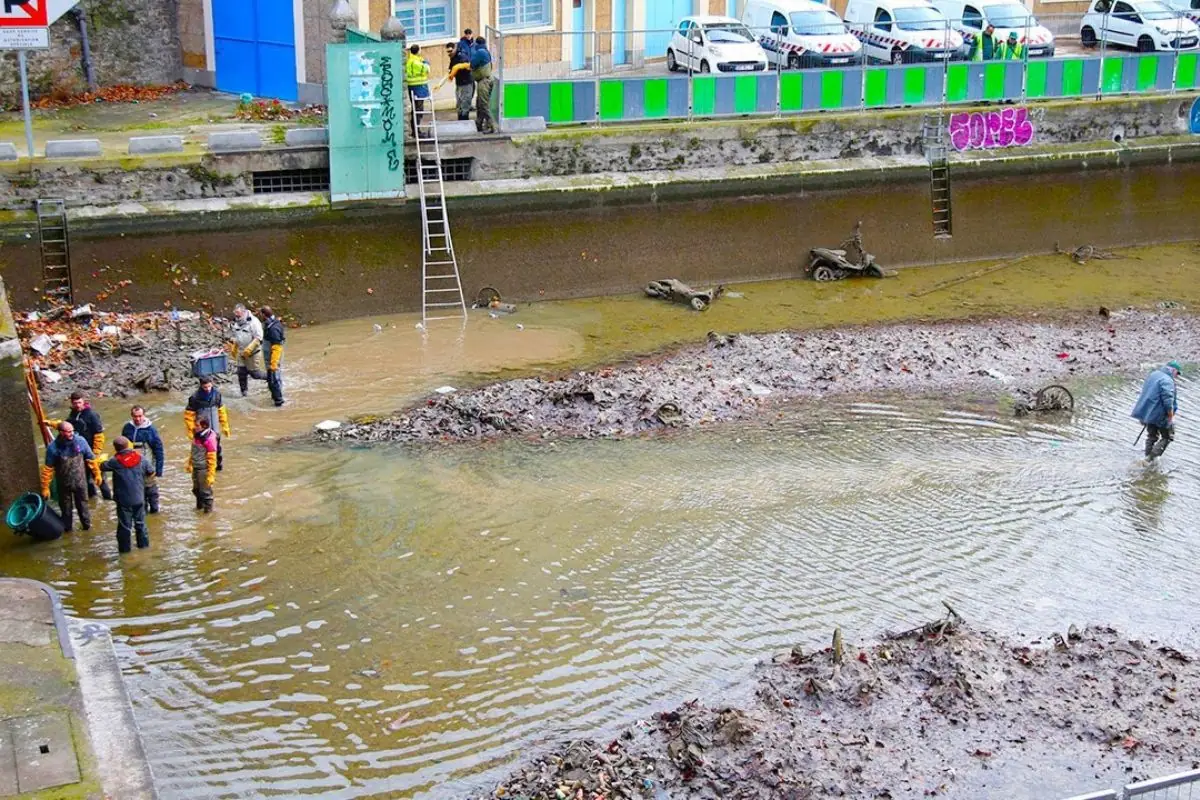
Surprisingly, the draining of the canal also revealed an unexpected diversity of wildlife, including several species of fish and aquatic plants previously thought to be uncommon in such urban settings. Biologists conducted studies to better understand how these species adapted to the urban environment, providing valuable insights into urban ecological conservation.
Half a Car

Believe it or not, some blockages in sewers are downright massive. Take, for example, an incident in London back in 2014. A drain cleaning crew stumbled upon half of a Mini car lodged in the sewers. This was no small problem—the cleanup cost skyrocketed to a whopping £70 million for the year. You can bet your bottom dollar that whoever dumped that car probably had a few regrets afterward.
Random Jaw Bones
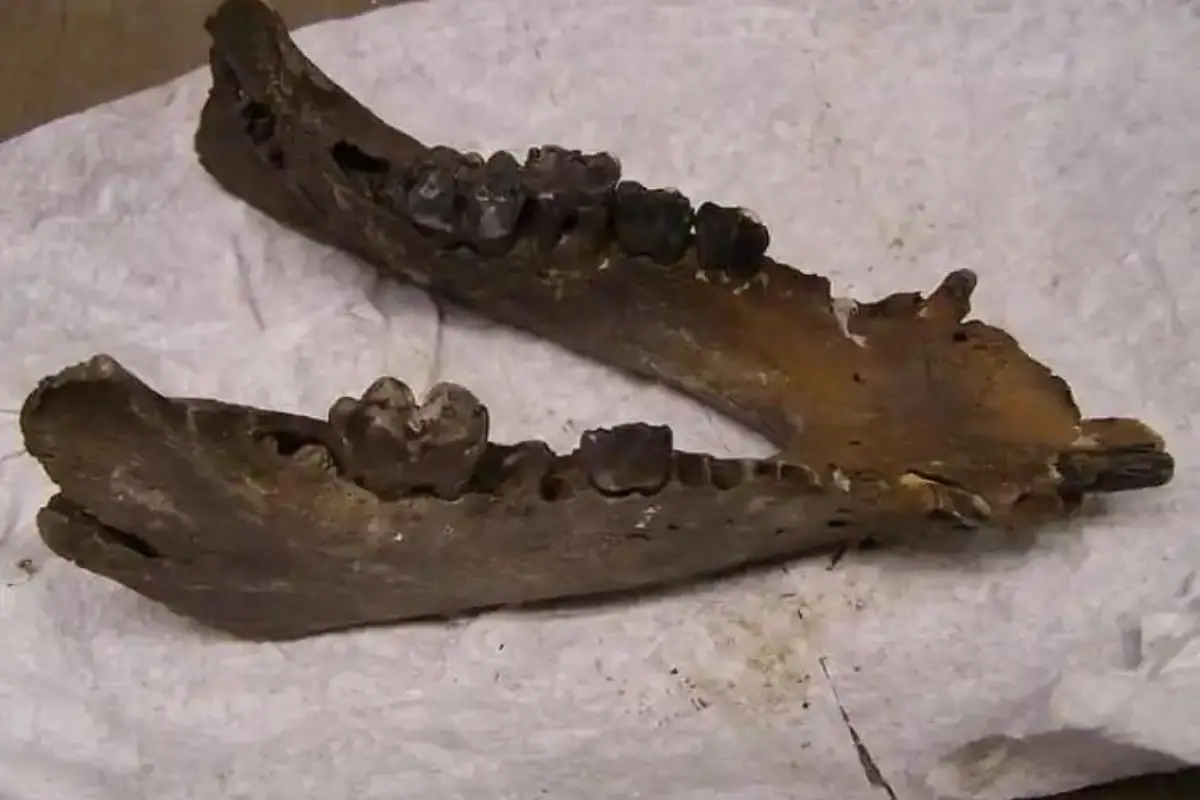
Sometimes, what's found in sewers remains a mystery, no matter how long folks pore over it. In 2009, a mysterious jaw bone turned up in a Canadian sewer. It could have belonged to any number of plant-eating critters. Given that the area is a hotspot for dinosaur remains, finding bones isn't usually surprising. However, uncovering one in a finished tunnel? Now, that's a different story altogether.
Snakes
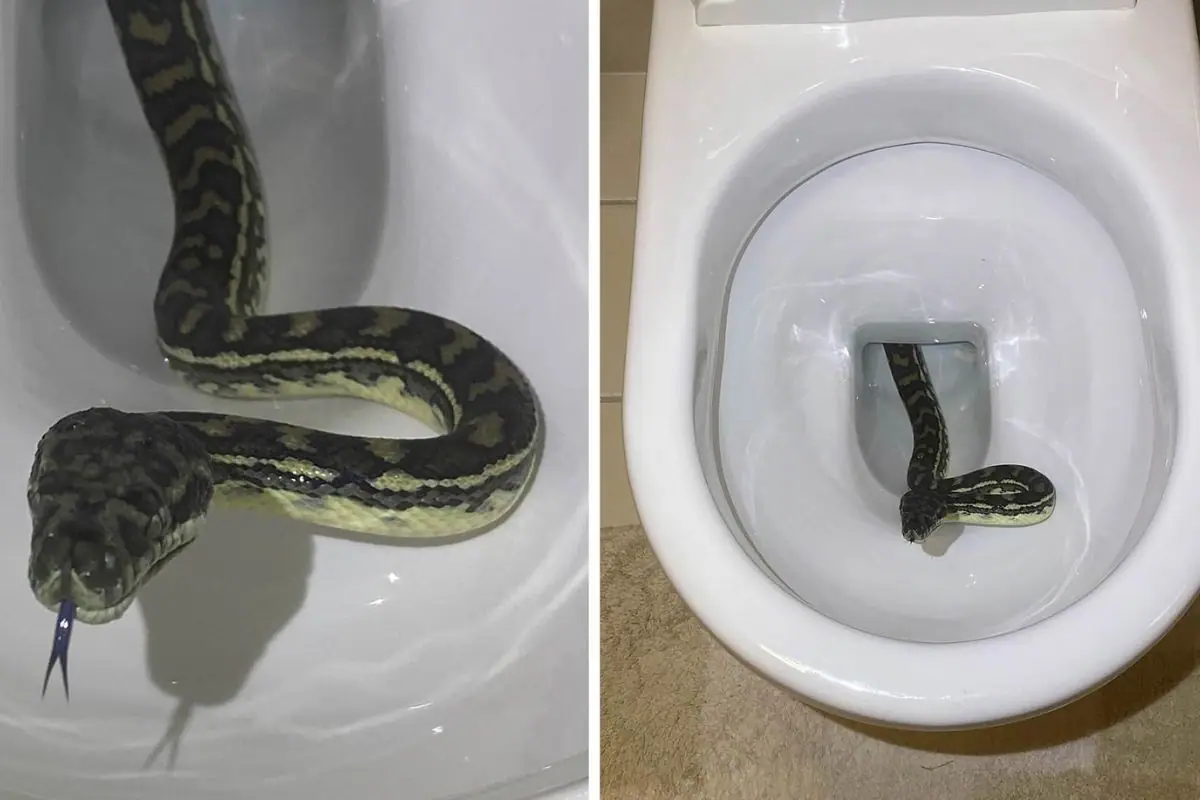
When you're in the bathroom, that's often when you're caught most off guard. You might be settling in when suddenly the phone rings or someone knocks at the door. But imagine the shock of discovering a fully grown snake in your toilet! That's exactly what happened to a woman in Australia who found a carpet python lurking in her loo!
Fatberg
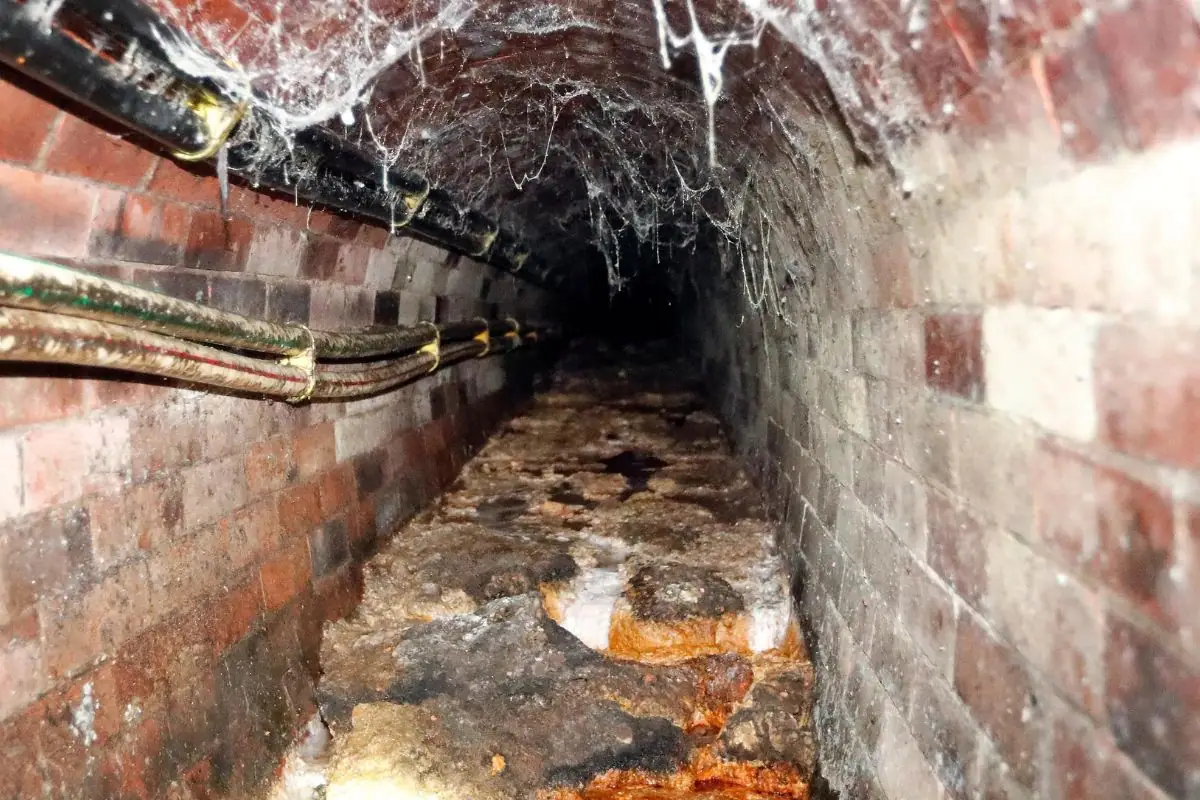
Back in 2017, London's sewers were home to an extraordinary sight—a 15-ton fatberg. You might be scratching your head, wondering what in the world a fatberg is. Well, it’s a monstrous clump formed by items that should never be flushed—like diapers and wet wipes. These items clump together, trapping grease and grime, and grow into a giant, decaying mass. This fatberg was a beast, stretching over 250 metres (820 feet) and causing massive blockages in the sewage system.
Sentimental Discoveries
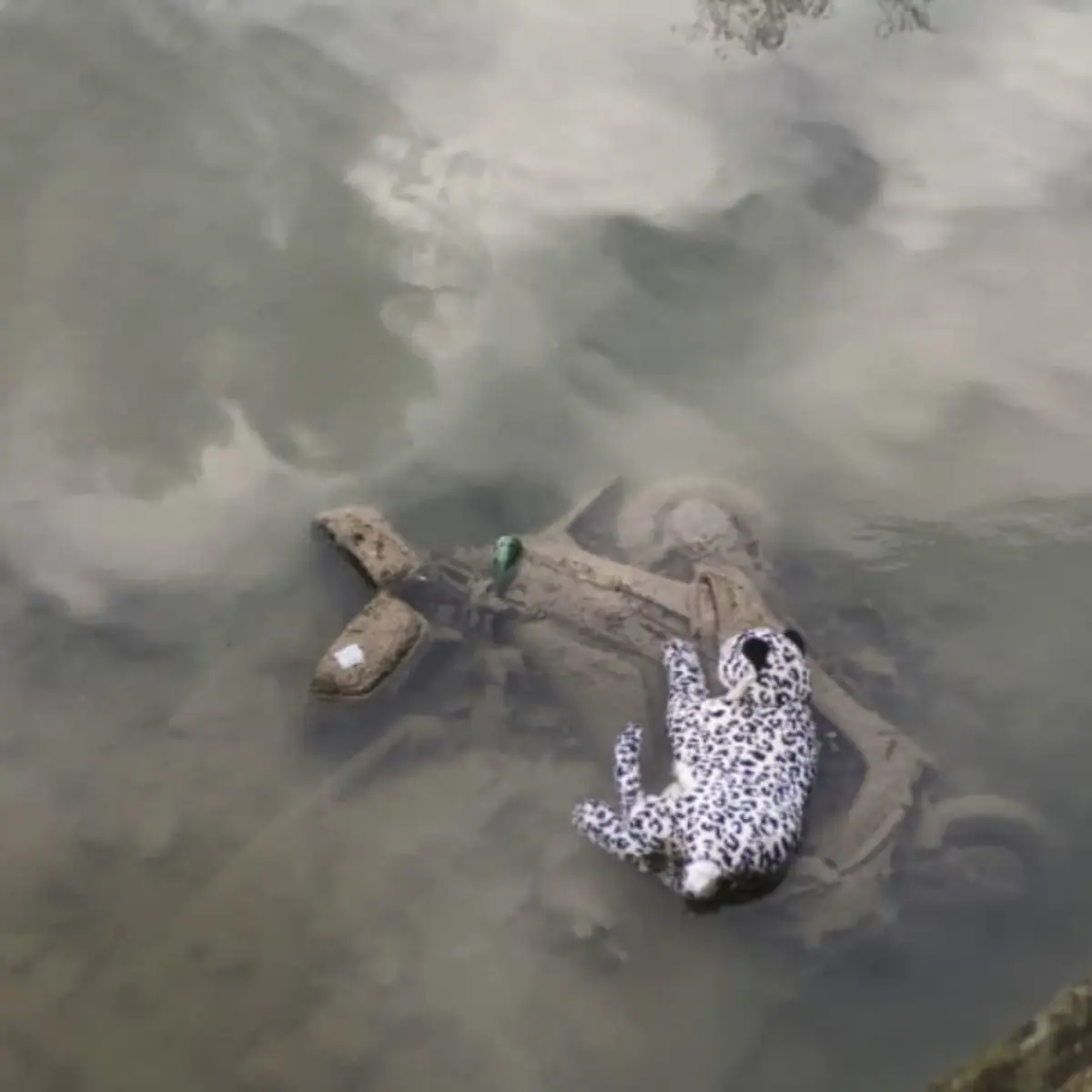
As the canal was drained of its 90,000 cubic meters of water, an array of items began to surface. Naturally, many were old and grimy, just as you'd expect. However, some finds were unexpectedly touching, like a stuffed animal that appeared almost new amidst the muck. This particular discovery is quite a sight—a stark contrast to the dirt-encrusted motorcycle lying just beneath it. The clean appearance of the stuffed animal against the backdrop of grime is both intriguing and a bit eerie.

